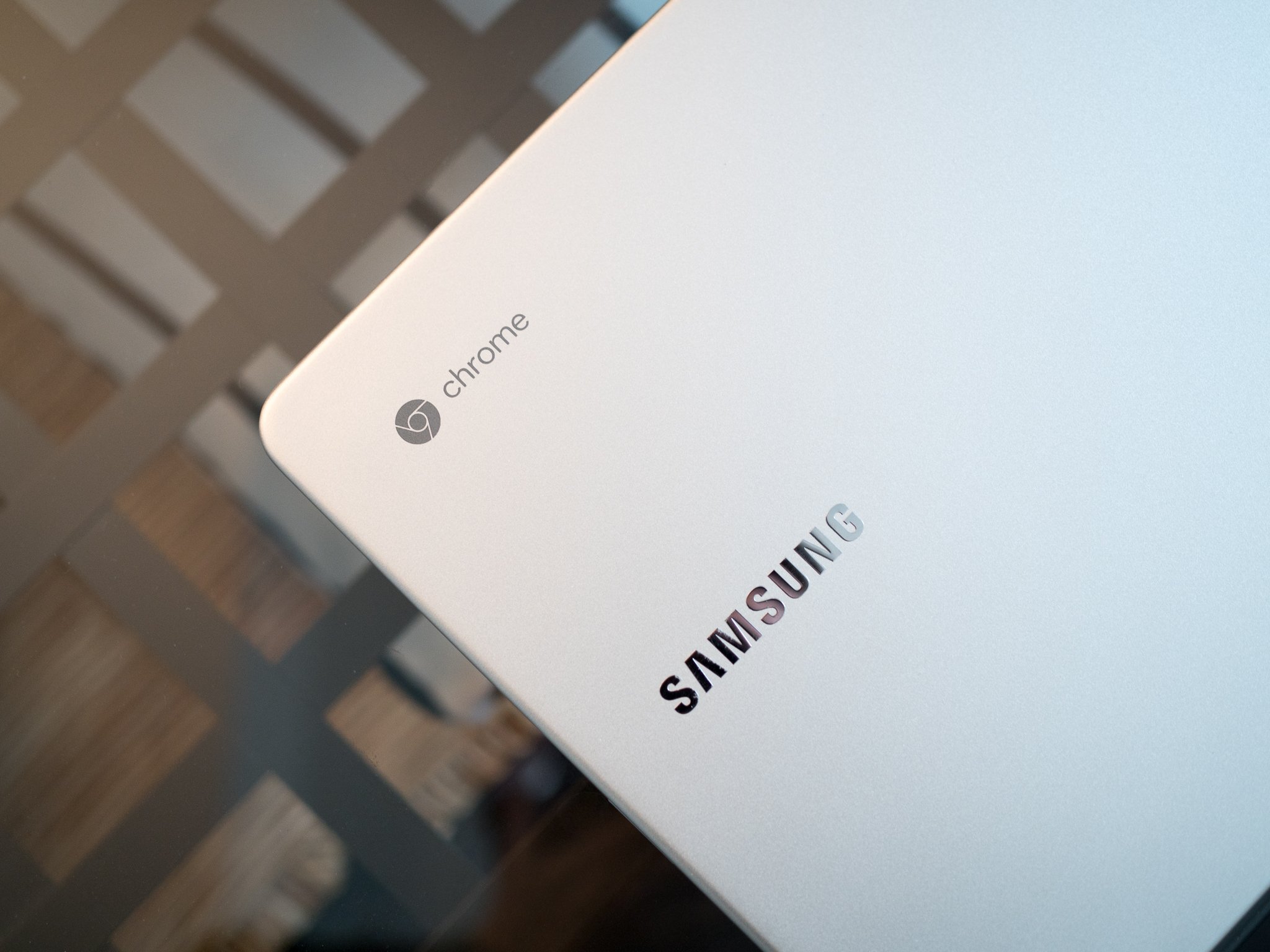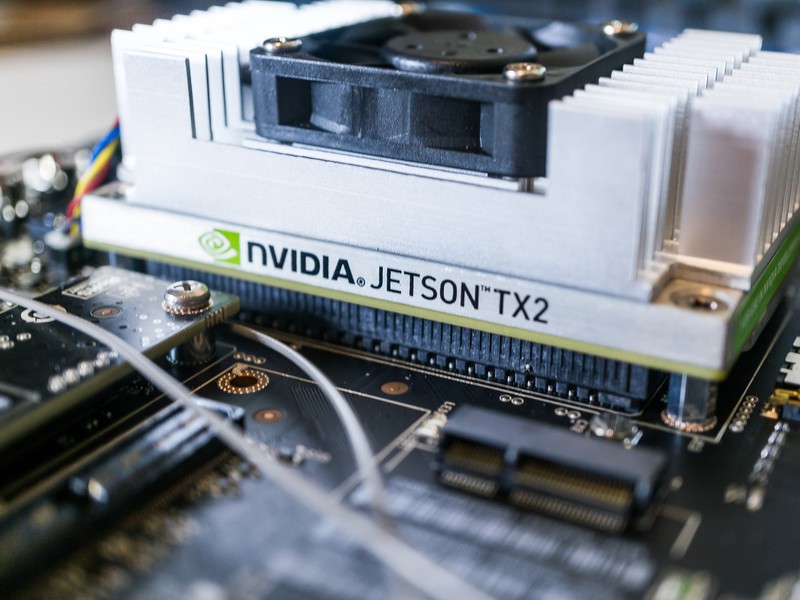How NVIDIA and MediaTek could usher in a new era of affordable gaming Chromebooks

NVIDIA is putting on its yearly GTC event, and an announcement snuck its way through that could mean big things when it comes to the graphic adapter on Chromebooks. In a press release and accompanying blog post about NVIDIA's commitment to ARM chips, there's mention of something really juicy for Chromebook lovers — the company is partnering with MediaTek to build a reference laptop with NVIDIA RTX GPU. And it's not created just for Windows as the operating system.
The notebooks will use Arm cores and NVIDIA graphics to give consumers energy-efficient portables with no-compromise media capabilities based on a reference platform that supports Chromium, Linux, and NVIDIA SDKs.
Chromium, Linux, and the NVIDIA SDK. Notice that there is no mention of Microsoft Windows, which may seem a little odd. Chances are that NVIDIA and MediaTek would be working with Microsoft, too, to build a great ARM chip that can compete with Qualcomm's specialty Windows-optimized cx series of chips. While there is still room for X86 chips on things like business desktops or high-end gaming PCs, ARM chips have a very bright future ahead of them inside servers and laptops.
Why does this matter?

This sort of chip gives us exactly what we need to play Steam PC games on a Chromebook. I've lamented about the GPU in even the best Chromebooks because no matter how well things are optimized for Chrome, once you load Steam through Chrome OS's native Linux container, things slow to a crawl.
Steam games are bad on even the best Chromebook right now.
There is only one way to fix that problem, and it's by adding a good GPU to a strong CPU. And that's what it sounds like NVIDIA and MediaTek want to make a reality. ARM chips can offer what current X86 chips from Intel and AMD don't — power efficiency, an always-on connection with integrated modems and radio hardware, and in the future great onboard graphics adapters.
NVIDIA and MediaTek aren't the only teams to try and tackle these problems. Samsung has also partnered with AMD and is rebooting its chip design division in order to deliver the same sort of benefit. While Qualcomm is building out its in-house designs focusing on what it feels is important (power efficiency and high-powered computing cores), these sorts of partnerships also toss in great graphics performance. Or are going to try to do it; we have no idea where these partnerships will end up or how these designs will perform.
What does this mean for the industry?

NVIDIA has a strong interest in ARM chips — it's actually positioned to buy Arm Holdings if regulators approve the sale. I'm still not keen on a company that makes ARM chips having a say in how the core design moves forwards, but I sure would like to have a Chromebook that can play all of my Steam games as well as any other games for Linux that I already own.
If regulators approve, NVIDIA will be buying Arm.
The MediaTek angle is interesting, too. Many sources say that MediaTek sold more ARM chips in 2020 than any other company, and that includes Qualcomm. The company has stepped up its game with the recent Dimensity series releases, and from all accounts, it's doing great things in the mobile space. We've also seen a MediaTek Chromebook or two, but they are older models that can't quite keep up with any power user. A joint effort from both companies might just be the chip Chromebook users are waiting for.
Be an expert in 5 minutes
Get the latest news from Android Central, your trusted companion in the world of Android
Or it might be a flop. Any chip with RTX graphics from NVIDIA is going to be expensive. Chromebooks rely on cheap devices to bolster market share, and any Chromebook with an RTX-powered MediaTek ARM chip isn't going to be cheap. There's no telling if there will be enough people interested in playing PC games on a Chromebook to justify building one, and no company wants to make expensive devices that nobody is buying.
It seems like Google is on board, and Steam support is coming to Chrome OS.
It does seem like the cards are in place, though, with Google almost assuredly adding some sort of Steam client and gaming mode to Chrome OS, but I don't think everything is going to play out as expected. I think Steam on Chrome OS will be great on a Chromebox, where even a simple Intel SoC can give enough 3D graphics abilities to play many games once support is added. There seems to be a market for high-end Chromeboxes already, so adding in an excellent GPU makes a bit of sense.

In any case, this certainly lights a fire under Qualcomm. Qualcomm is one of the most innovative and successful companies in the industry. It makes amazing products for both the high-end and the low-end and every space in between. What it isn't making right now (though there are rumors) is a high-powered ARM chip with a high-powered graphics adapter. Instead, the company has its own in-house brand: Adreno.
Qualcomm has been quiet about high-performance 3D on its Snapdragon platform. But that would change.
Adreno chips are also a joint venture where Qualcomm partnered with AMD (Adreno is an anagram of Radeon, AMD's GPU brand) to build one of the first great chips with full graphics acceleration for Android phones and tablets. The latest version of the Adreno GPU also supports Microsoft's Direct3D, which makes sense since Qualcomm is building specialty chips for Windows 10 laptops.
The latest Adreno 660 GPU inside of the Snapdragon 888 shows how Qualcomm is thinking of 3D gaming support, with features like Variable Rate Shading, and the Windows-specific Adreno 675 through 690 support faster VRAM. But these aren't PC "gaming" chips. Instead, they are built to render a great UI and support casual games, a job they do quite well. Compare the most graphically intensive game for Android to something on the more casual side built for a PC, and you'll find they run well on a Qualcomm chip, but the hardware isn't capable of anything that needs more horsepower under the hood. It just was never a thing, so it never progressed.

Steam and Linux games on a laptop change all this. If this happens — remember nothing is ever written in stone — you'll see Qualcomm enter the GPU on ARM race. It already has the basics down and can build on existing products. This would also benefit anyone who wants a great Windows Ultrabook that's ARM-powered but can still play games, as Qualcomm is the only ARM chipmaker that offers even rudimentary Microsoft DirectX support. Qualcomm and Microsoft have a great relationship, and the future probably holds even better support for Microsoft's proprietary 3D graphics platform.
NVIDIA, AMD, and Qualcomm aren't the only players in town. Companies like PowerVR. Mali, Vivante, and NVIDIA's own Tegra technology are also sizable players in the ARM/Mobile GPU game. Should we see a trend to mobile ARM chips with support for better graphics handling, these companies will need to shift to compete.
More details are coming

Before I get ahead of myself, a lot of this is speculation. Nobody has announced a Chromebook with an NVIDIA RTX GPU inside. NVIDIA says it's working on a reference device that can run Chromium — the code base Google's Chrome OS runs atop of. The idea could be a flop or it could price itself out of the market by building an uber-expensive chip that no Chromebook manufacturer will want to buy.
Right now, this is just an idea.
We'll all know more once GTC is finished, and I plan to pick someone's brain with a lot of questions. This is something that's been on my wishlist for a long time, and even a hint of it happening has my ears pricked. For now, though, it's just a blog post.

Jerry is an amateur woodworker and struggling shade tree mechanic. There's nothing he can't take apart, but many things he can't reassemble. You'll find him writing and speaking his loud opinion on Android Central and occasionally on Threads.
